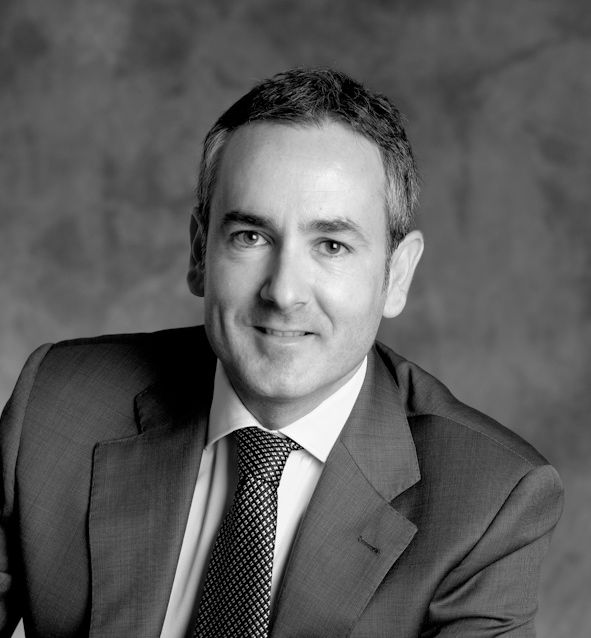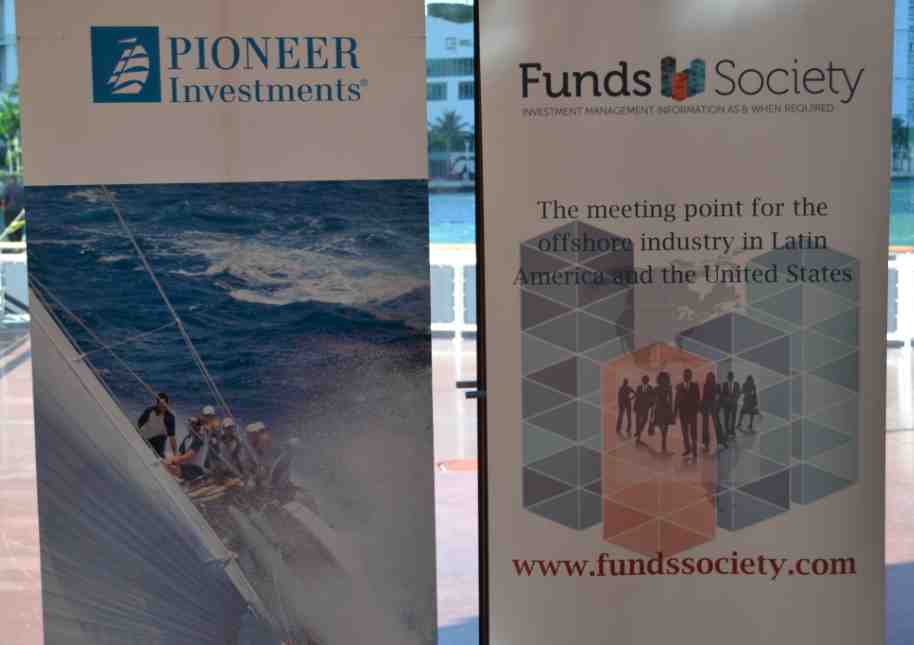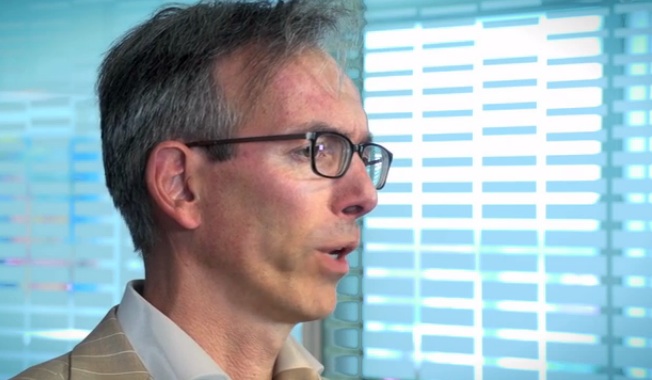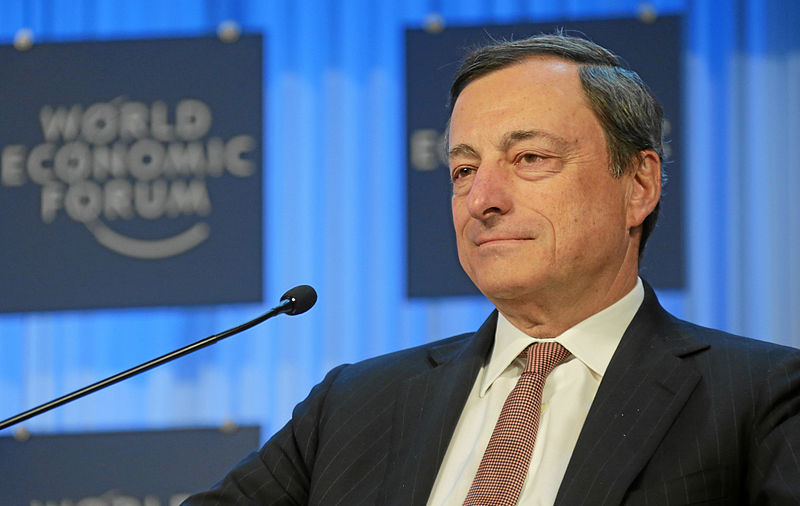Demographically Emerging Markets are Still “Important & Relevant”
| By Alicia Miguel | 0 Comentarios
In a new research, Credit Suisse assess the demographic (“consumers and workers”) case for emerging markets (EM), arguing that they are “still very relevant and important”. The report provides a demographic perspective focused on fundamentals and argues that from a consumer and worker viewpoint and based on growth potential, emerging economies are still relevant and important for global growth.
“They are important for global companies based on their large potential markets given the emerging middle class consumers and increasingly skilled and educated workers. From an investment perspective too, given the smaller equity and bond markets but higher savings of emerging markets against the need for infrastructure and investments, emerging markets should remain attractive. But this will be subject to caveats of good corporate governance, transparency of investment process, ease of repatriating capital gains or dividends abroad. The role of emerging markets in world trade has increased. While the heterogeneity across emerging markets is high, a globalized world where flow of information, goods, services and people has become easier, more emerging markets are now part of the global economic and investment diáspora”.
These are the conclusions:
Emerging economies account for 39% of global GDP in current USD terms, 50.4% of global GDP in PPP terms, 82.5% of global population, 49.6% of global exports and 11.5% of global market cap based on latest available data. The 2013 GDP growth of emerging markets was 3.4% p.a. higher than that of advanced countries. The population growth of developing regions is projected to be 1% higher than that of developed regions in 2010-2015. Their old-age dependency ratio is projected to be 40% of that in developed regions.
Credit Suisse studied 10 emerging market economies: Brazil, China, India, Mexico, Nigeria, Russia, South Africa, Turkey, UAE and Ukraine comparing them to USA, Germany and Japan. China and Nigeria are most promising in terms of GDP growth and GDP per capita growth.
The demographic dividend theory attributes the contribution of demographic factors to GDP per capita growth in two stages. The first stage applies to young emerging economies where youth and human capital skills play a major role. The second stage applies to more developed ageing economies where harnessing of the accumulated savings via well-developed capital markets contributes to growth in GDP per capita.
The potential first stage demographic dividend is still available to young economies like India, Nigeria, South Africa, Turkey and Mexico. They can reap the dividend by increasing education and skills as well as reducing the male vs. female labour force participation gap. The first dividend appears to be over for Brazil, China, Russia and Ukraine and therefore it is essential to have financial markets to capitalize on their savings growth during the second stage – this requires more financial market development.
Financial market development depends on other institutional factors such as law and order, political risk, corporate governance, transparency etc. UAE is the least corrupt, most competitive and easy to do business within our sample but is the least democratic. Ukraine and Nigeria are ranked as most corrupt and least competitive. These institutional factors need to be improved in order to foster financial market development.
The rising middle class in these countries offers great potential for global companies. An increasing share of the middle class is projected to come from emerging markets in the future with China and India projected to overtake the USA in terms of share in global middle class consumption.







